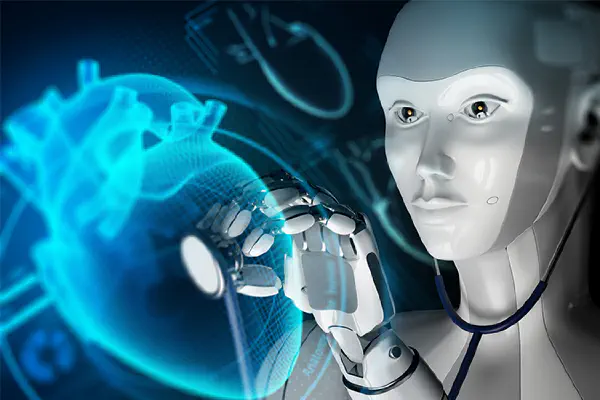
In the ever-evolving landscape of robotics, precision is a paramount factor in the success of tasks carried out by robotic arms in various domains, from manufacturing to healthcare. The ability of a robot to grasp and manipulate objects with accuracy and dexterity is greatly enhanced through the power of image processing. Cameras and vision systems play a crucial role in providing real-time feedback on the position, orientation, and shape of objects.
In this blog, we will explore how image processing empowers robots to perform delicate and intricate tasks, revolutionizing the world of automation.
The Importance of Grasping and Manipulation
Grasping and manipulation are essential aspects of many industries, and they require a high level of precision. In manufacturing, robots are often tasked with assembling intricate components or handling delicate materials. In healthcare, robotic arms are used for surgical procedures, where precision is a matter of life and death. To meet these demands, robots must be capable of understanding and adapting to the dynamic environment in which they operate.
How Image Processing Enhances Robotic Grasping and Manipulation
- Object Detection and Recognition
- The foundation of precise grasping and manipulation lies in the ability to detect and recognize objects. Image processing allows robots to analyze the visual data captured by cameras, identifying the objects within their field of view. Advanced machine-learning techniques enable these robots to distinguish between objects of varying shapes, sizes, and textures. This recognition is crucial, as it forms the basis for subsequent actions.
- Pose Estimation
- Once an object is detected, robots need to determine its position and orientation accurately. Image processing algorithms, often combined with computer vision techniques, can provide real-time feedback on the object’s pose, allowing the robot to plan its grasp accordingly. This information is particularly vital when dealing with objects that are not perfectly aligned or situated in unpredictable positions.
- Grasping Strategy
- Based on the object’s pose and characteristics, the robot can employ algorithms to choose an optimal grasping strategy. Image processing allows robots to assess the shape, size, and surface properties of the object, enabling them to select the most suitable grasp points and manipulate the object securely.
- Feedback and Adaptation
- One of the key advantages of image processing in robotic grasping and manipulation is the ability to receive real-time feedback. As the robot interacts with an object, cameras, and vision systems continuously monitor the object’s position and condition. If any unexpected changes occur, the robot can adapt its strategy on the fly, ensuring successful task completion.
Real-World Applications
- Manufacturing Industry
- In manufacturing, robots equipped with advanced image processing systems can handle intricate assembly tasks with precision. These robots can pick and place small components, assemble intricate devices, and ensure a consistent level of quality in mass production.
- Healthcare
- In the healthcare sector, surgical robots leverage image processing to assist in delicate procedures. Surgeons control robotic arms with sub-millimeter precision, enabling minimally invasive surgeries and reducing the risk of complications.
- Agriculture
- Robotic harvesters use image processing to identify ripe fruits or vegetables and gently pick them without causing damage. This technology increases efficiency and reduces waste in agriculture.
- Logistics and Warehousing
- Robotic systems in logistics and warehousing rely on image processing to navigate their environments, identify objects, and grasp and manipulate items for storage or shipment.
Conclusion
Image processing has revolutionized the capabilities of robotic arms in tasks like grasping and manipulation. By providing real-time feedback on the position, orientation, and shape of objects, vision systems empower robots to perform with precision and adapt to dynamic environments. As technology continues to advance, we can expect to see even more intricate and delicate tasks being carried out by robots in various industries, further transforming the way we work and live. Whether it’s assembling tiny components on a factory floor or assisting in life-saving surgeries, image processing is at the heart of these remarkable feats of automation.